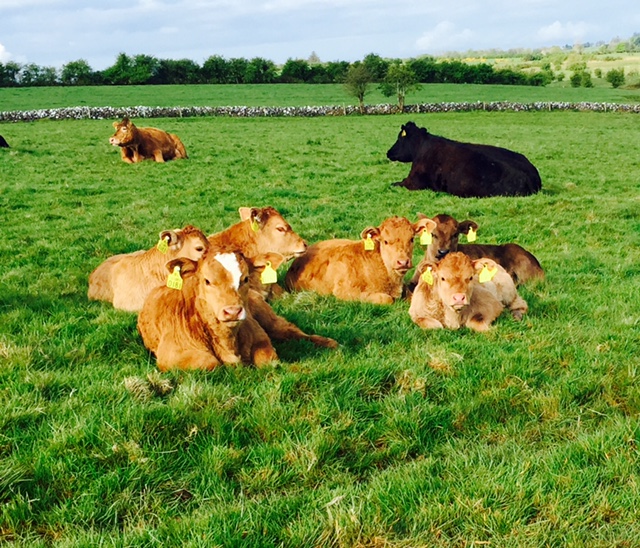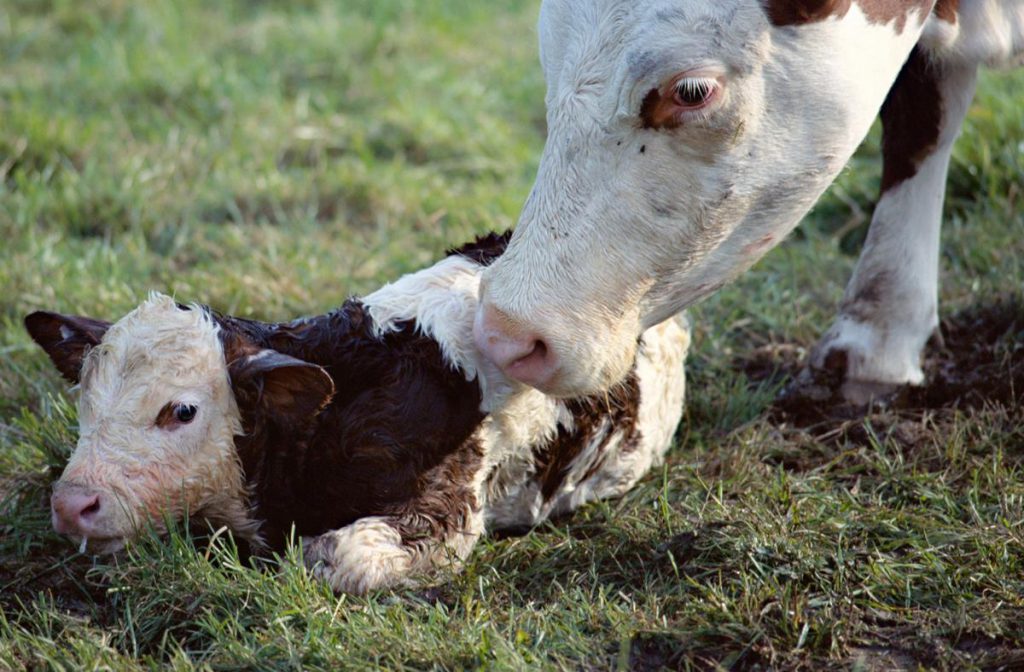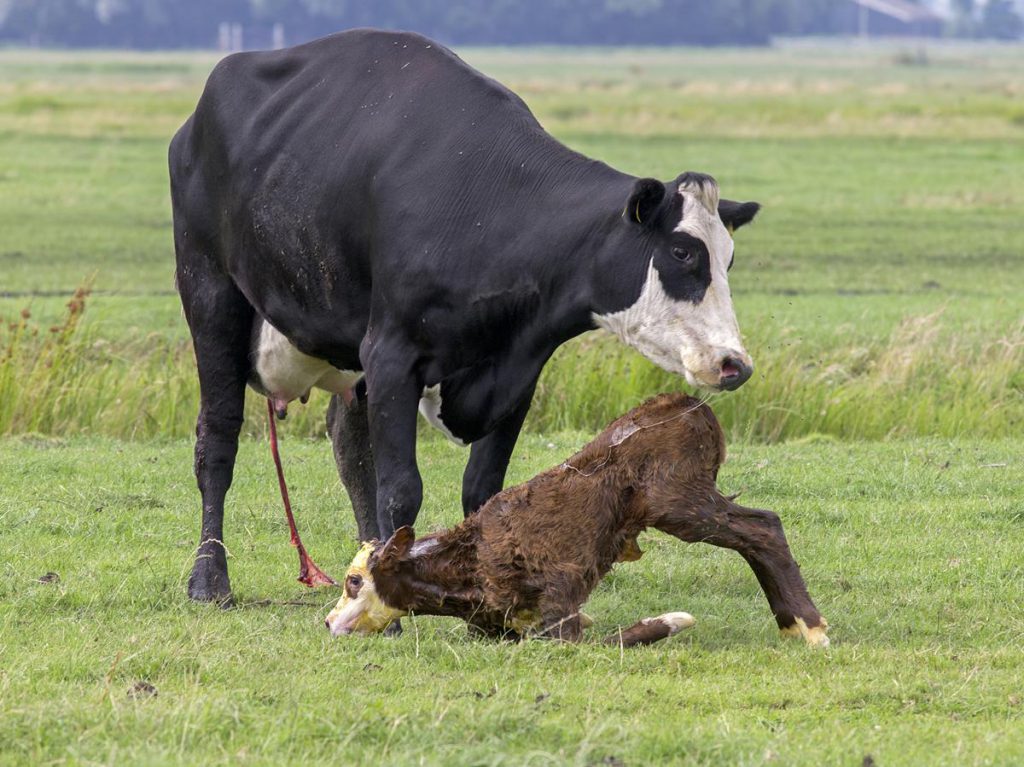With the recent abolition of quota on April 1, 2015 a new era in Irish farming begins.
Larger herds with fewer man hours per cow, as well as the fact that the modern high-yielding cow expresses heat for such a short period of time, will only serve to increase the challenge of fertility efficiency on farm.
Targets for a 365-day calving interval have not been met in many herds in both the dairy and the beef sector. So would synchronisation be a solution to reproductive inefficiency on farm?
Calving interval – a source of loss
Data from the ICBF showed an average calving interval in 2014 for dairy herds of 396 days. Calving interval in the beef sector has remained over 400 days for the past 5 years2.
For every 10 suckler cows, only 8 calves are born and only under a quarter of these cows produce a calf within the desired 365 day interval.
While substantial farm to farm variability exists work in UCD has estimated each day not in calf to cost €3.08 per dairy cow.
The costs for a 100 cow herd, including an extended calving interval, increased number of services per conception and culling rate due to a failure to conceive are estimated at just under €17,0003.
In the beef sector the estimated cost for each day open beyond the target of 365 days is €2.20 per cow. This equates to €110 per day, for a 50 cow herd.
So where does synchronisation fit in?
Globally synchronisation is not commonly used in pasture-based systems in comparison with systems where cow’s calve all-year round in TMR-based systems. However, research into the use of synchronisation in pasture-based systems is ongoing.
The synthetic hormones used in synchronisation programmes target three aspects of the oestrous cycle
- Control of follicular wave dynamics (Gonadotrophin Releasing Hormone (GnRH)
- Regression of the Corpus Luteum (Prostaglandin (PG)
- Ovulation of a dominant follicle (GnRH)
A synchronisation programme should:
- increase submission rates
- improve or at least not affect conception rates
- increase overall pregnancy rate at the end of the breeding season
- reduce the proportion of cows culled
It is estimated that a 1% increase in pregnancy rate for a beef herd, would increase net margin by €11/ha or approximately €5 per cow.
This means that a 10% increase in pregnancy rate on a 40 ha (100 acre) farm would result in an increase in net margin of almost €4,500.
Why use Fixed Time Artificial Insemination (FTAI)?
The main benefits of AI are:
- allows herds access to high genetic merit sires, without which overall genetic improvement of the herd would be significantly slower
- reduces the requirement for keeping bulls
- the appropriate sire can be matched to the optimal female group, for example a bull with ease of calving selected for the heifers
The benefits increase where the heat detection rate on farm is poor.
There are so many different programmes – which ones should be used?
Programmes will differ depending on the group being treated and close consultation with the veterinary practitioner is advised before deciding on a programme suitable to any individual farm.
Breeding Maiden Heifers – the highest genetic potential in the herd
The most common practice is to inject all eligible heifers with Prostaglandin (PGF), watch for heat and then retreat those not observed in heat 11 days later. (See Table 1).
- For success with PGF heifers need to be cycling. PGF synchronisation will not work on non-cycling heifers.
- Target a body weight of 330 kg and body condition score of 3.25 to increase the chance that heifers have commenced cycling prior to mating start date.
Adult Dairy Cows
Ovsynch is a programme that can be used in Dairy Cattle (See Table 1).
The Ovsynch program is based on the ability of exogenous GnRH to cause ovulation of any follicle larger than 10mm and initiate a new follicular wave.
The programme works best in cows that have a selected dominant follicle on their ovary at the time of the first GnRH injection.
Adult Beef Cows
Due to the high incidence of anoestrus in beef cows nursing calves, synchronisation programmes involving Ovsynch alone will not yield satisfactory pregnancy rates.
Progesterone priming is therefore included in the programme.
Protocols involving a maximum of 3 interventions where PMSG is substituted for the 2nd GnRH and AI is performed at the time of 2nd injection are currently being assessed for efficacy in the Irish Beef herd. (See Table 1).
Table 1.
It is important when undertaking synchronisation programmes to realise that that occasionally conception rates can be variable and range anywhere from approximately 20 to 40%.
While the success of any synchronisation programme depends on many management factors including BCS, weight and animal disease status, the selection of drugs used can also influence the outcome.
Selecting the right synchronisation for the herd can be confusing. Many different protocols exist, some more suited to certain breeding groups than others.
It is important to involve the veterinary surgeon in any planned breeding programme on farm as he/she is best placed to advise on programmes that are likely to be of benefit on each individual farm.
Synchronisation can work well as long as it is planned in advance, timings are maintained, appropriate regimes are selected and good handling facilities and labour are readily available.
- Data from Irish Cattle Breeding Federation http://www.icbf.com/wp/wp-content/uploads/2013/07/Dairy-Calving-Stats-2014.pdf Accessed 09/04/2015
- Kenny D.A. and Diskin M. Fertility Performance in Suckler Herds. Teagasc National Beef Conference Ireland Oct 2014 Pg 8 – 11.
- Ryan and O Grady (2004) Unpublished
- EMEA (1997) Summary report for dinoprost and cloprostenol and r-cloprostenol






